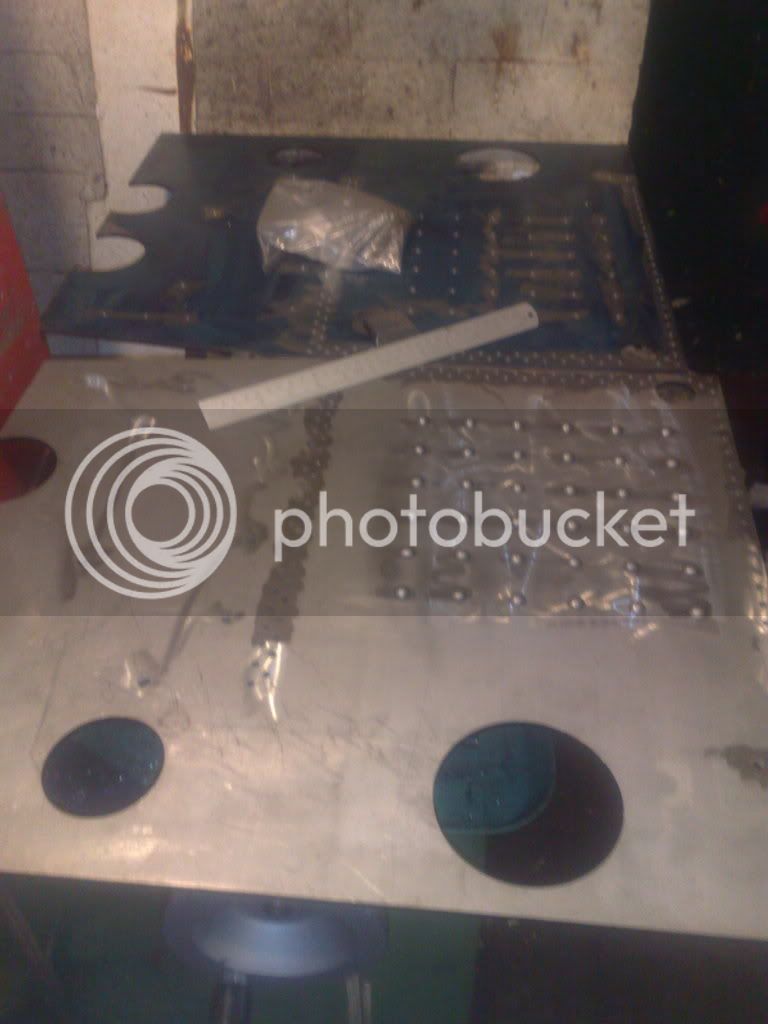Tin Falcon
Well-Known Member
- Joined
- Jul 9, 2007
- Messages
- 7,207
- Reaction score
- 787
A tip in Elmers engine book also on john-toms site is make a dimensioned sketch of each part on a 3 x 5 or 4 x 6 card. this will familiarize you with each part also you can keep the card near the machine saves time checking the print and keeps the print clean.
Some parts can be used as a pattern to transfer hole locations to others making such a part first can save time and reduce errors.
In general I use lanes method
Order of machining parts depends some on your preferred layout methods. If you do precision layout or use a cnc then start at the bottom and work up works great.also transfer buttons/transfer screws are good hear if you like transfer punches things can change . I guess this goes back to do you make parts to the print or to fit one another question, in the other thread.
Tin
Some parts can be used as a pattern to transfer hole locations to others making such a part first can save time and reduce errors.
In general I use lanes method
Order of machining parts depends some on your preferred layout methods. If you do precision layout or use a cnc then start at the bottom and work up works great.also transfer buttons/transfer screws are good hear if you like transfer punches things can change . I guess this goes back to do you make parts to the print or to fit one another question, in the other thread.
Tin








